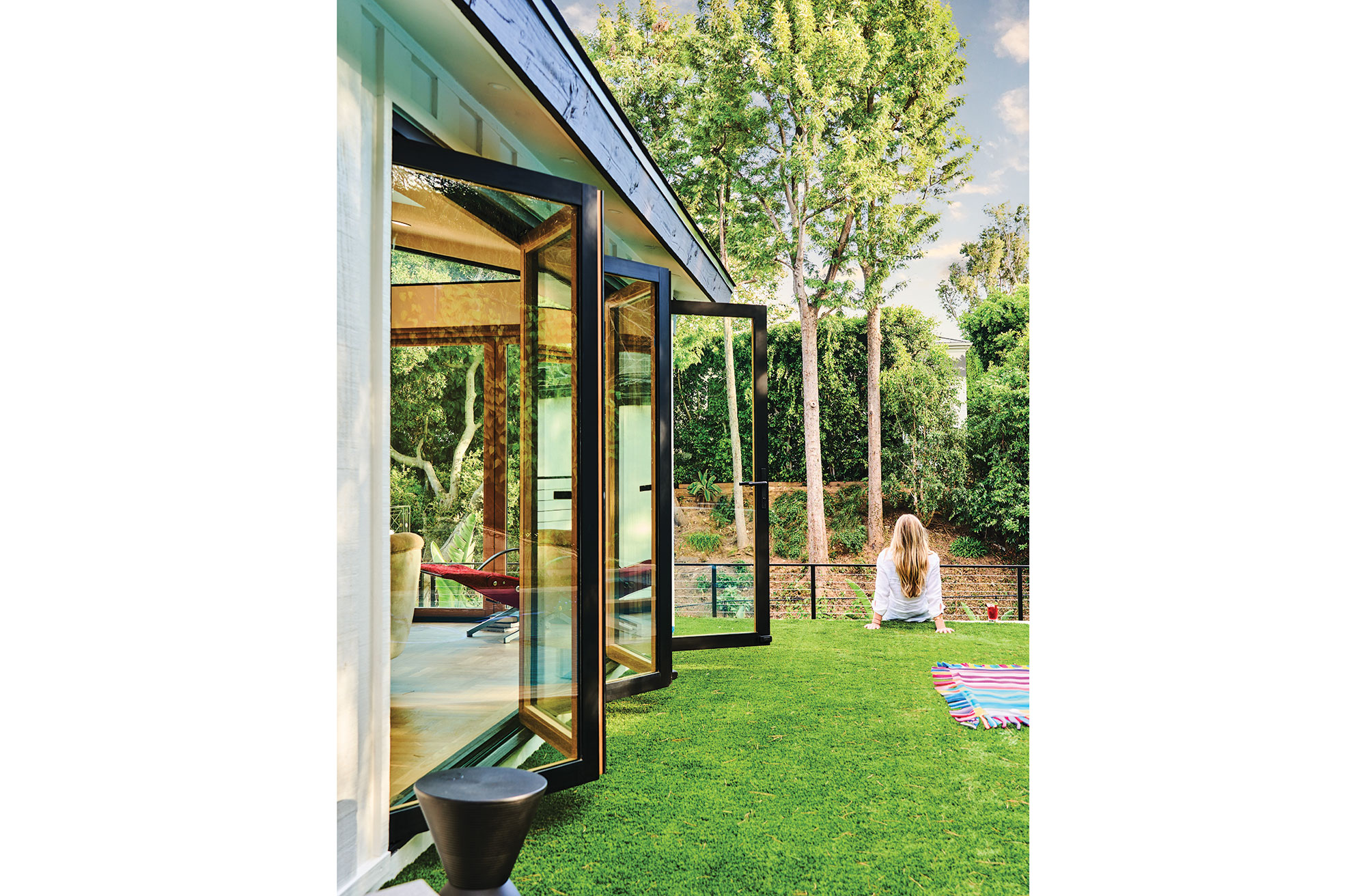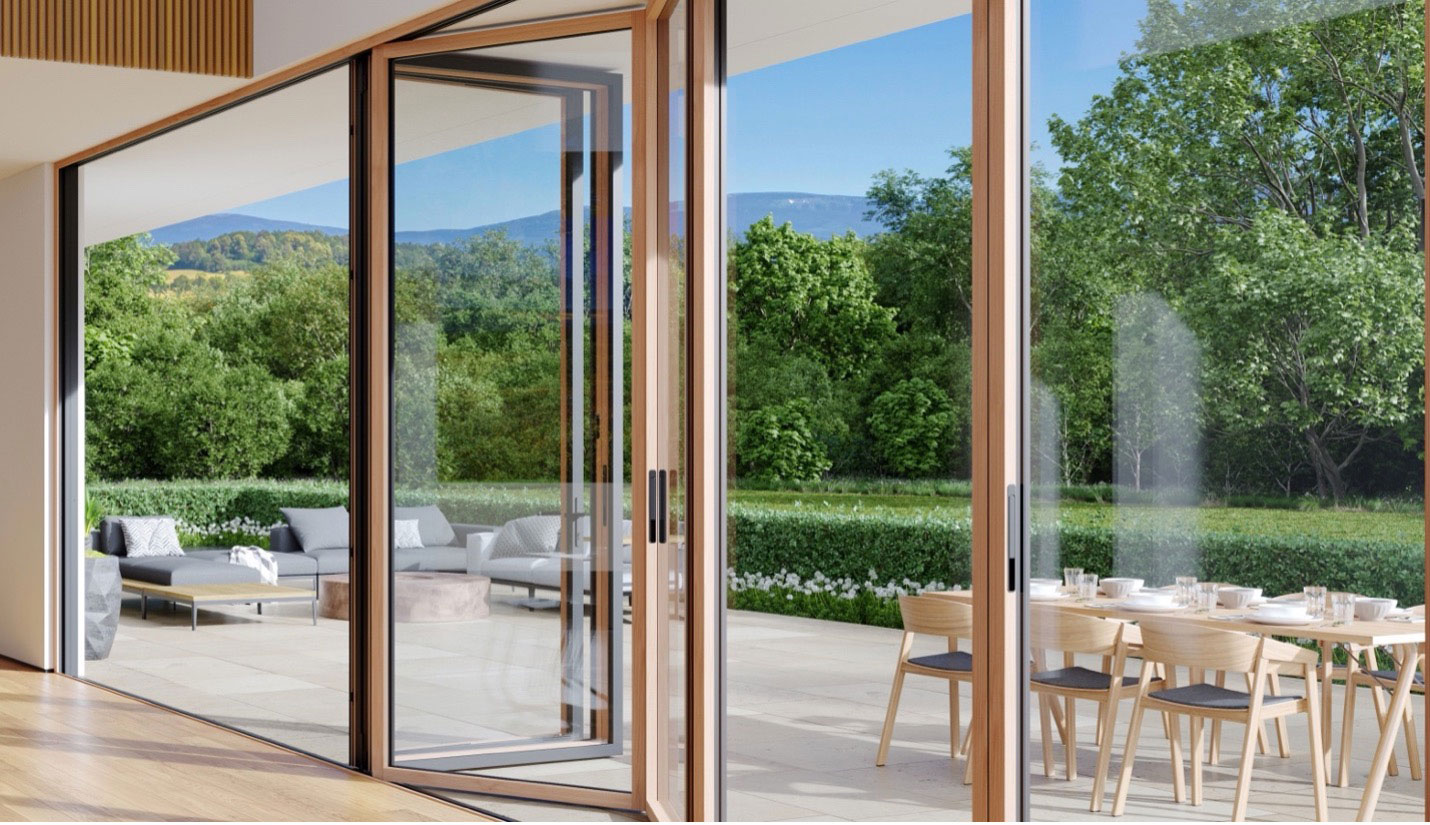Big Doors, Big Dreams
Learning Objectives:
- Describe how market trends are influencing residential design and creating new opportunities for movable glass panel door systems.
- Analyze how glass panel door systems can enhance occupant welfare and health, including enhancing indoor environmental quality.
- Identify the performance testing and certifications required for doors and explain how they measure product performance and sustainability.
- Explain how component improvements and innovations have enhanced design choices while enabling greater energy efficiency and performance from movable glass panel door systems.
Credits:
This course is approved as a Structured Course
This course can be self-reported to the AANB, as per their CE Guidelines
Approved for structured learning
Approved for Core Learning
This course can be self-reported to the NLAA
Course may qualify for Learning Hours with NWTAA
Course eligible for OAA Learning Hours
This course is approved as a core course
This course can be self-reported for Learning Units to the Architectural Institute of British Columbia
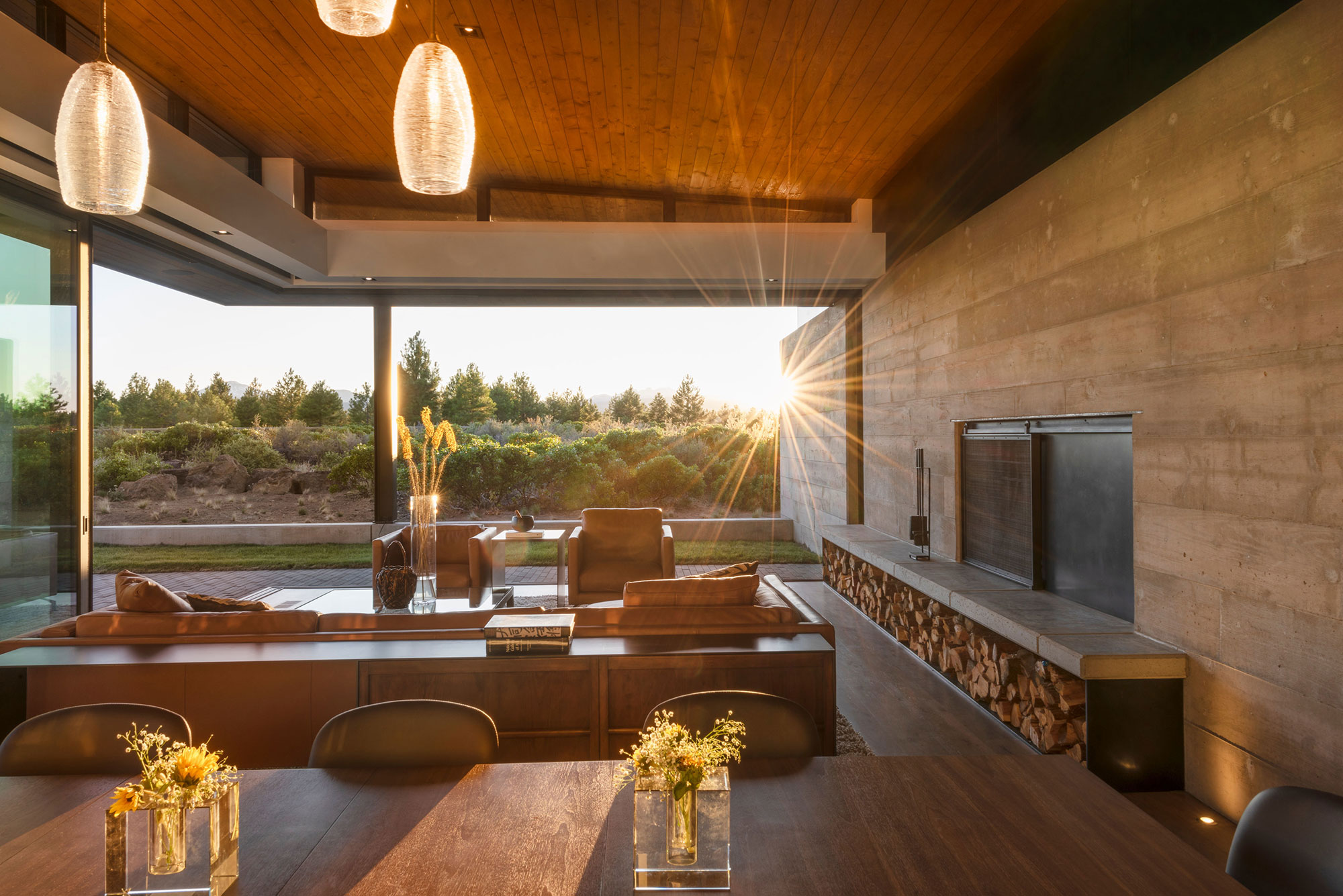
Photo courtesy of LaCantina
Incorporating movable glass door systems allows any home to seamlessly blend with its surroundings, integrating nature directly within the footprint of the residence.
Movable glass panel doors break the boundaries of design conceptions. No longer confined to large, custom spaces, incorporating movable glass panels maximizes living opportunities and occupant health in any space. Low maintenance and uniquely versatile, these systems connect the indoors and outdoors with a streamlined design that works with any type or style of home. The expansive use of glass makes any home a beautiful, welcoming, and modern space. It also places heavy performance demands on that glass and the surrounding frames. As a greater percentage of wall space is occupied by windows and doors in smaller homes, the insulative and performance properties of those products need to be increased, to avoid placing an energy burden on the building. The entire system must also be evaluated on its ability to prevent air leakage, how it will interact with weather events, and how it will stand up to the wear and tear of daily use. This is where energy and performance codes become invaluable. Understanding the certifications for door performance means selecting with confidence a movable glass system that will not only look beautiful, but will perform beautifully over the life of the building.
In tandem with the improved health metrics that movable glass panel door systems can provide, enhancements in manufacturing and technology have increased efficiency. Today, these systems can occupy a greater area in the building envelope without compromising overall performance. The best manufacturers create movable glass panel door systems that are not only visually appealing, but also are built to perform, even in the most severe climates and regions.
Door systems should be developed, designed, tested, and engineered for optimal thermal performance, structural integrity, strength, and protection against the elements. In partnership with their focal aesthetic role, advancements in movable glass panel door systems and component technology allow any design to achieve energy efficiency goals, performance, and service life, creating a project that transcends trends.
Innovations in materials and components allow the units to maintain energy efficiency as well as capture holistic benefits, including increased ventilation and daylighting. Performance testing and certifications provide assurance of product performance and sustainability and offer design professionals an excellent tool for product selection.
ENHANCING OPPORTUNITY
“Start maximising what you have, instead of worrying what you don’t have.” − Tony Curl, Seriously Simple Stuff to Get You Unstuck
The most recent data from the National Association of Home Builders (NAHB) found that the average new home size has dropped: from 2,479 square feet in 2022 to 2,411 square feet in 2023.1 This is the smallest square footage average in 13 years.
With home sizes decreasing, residential trends are rapidly shifting to reflect this change. And the shift in home size is not going anywhere fast. According to NAHB data, 38 percent of builders surveyed are indicating they built smaller homes in 2023 to help support home sales. Twenty-six percent state they plan to build even smaller in 2024.
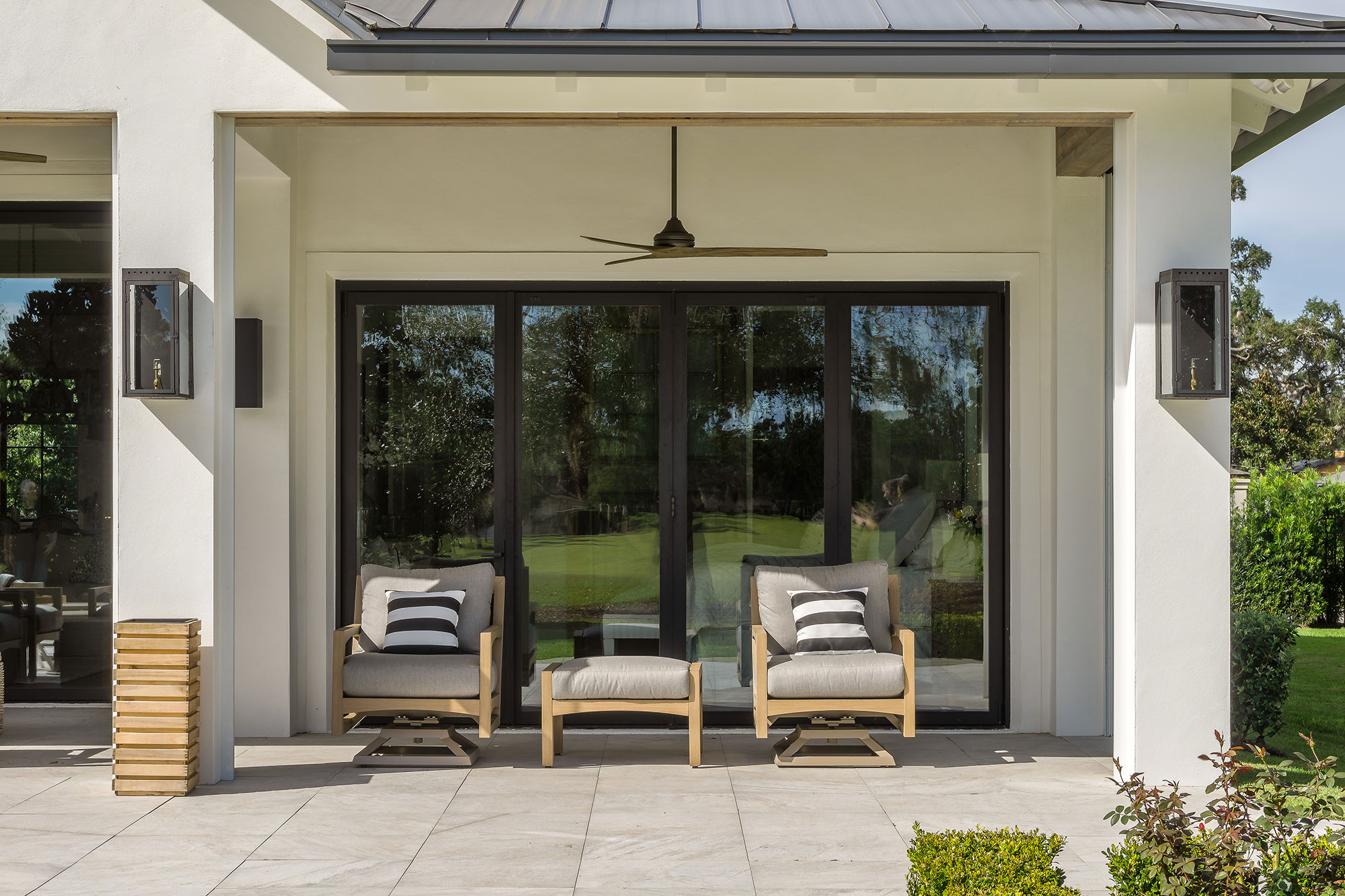
Photo courtesy of LaCantina
Expansive glass panels and sleek designs are a coveted feature in any home design.
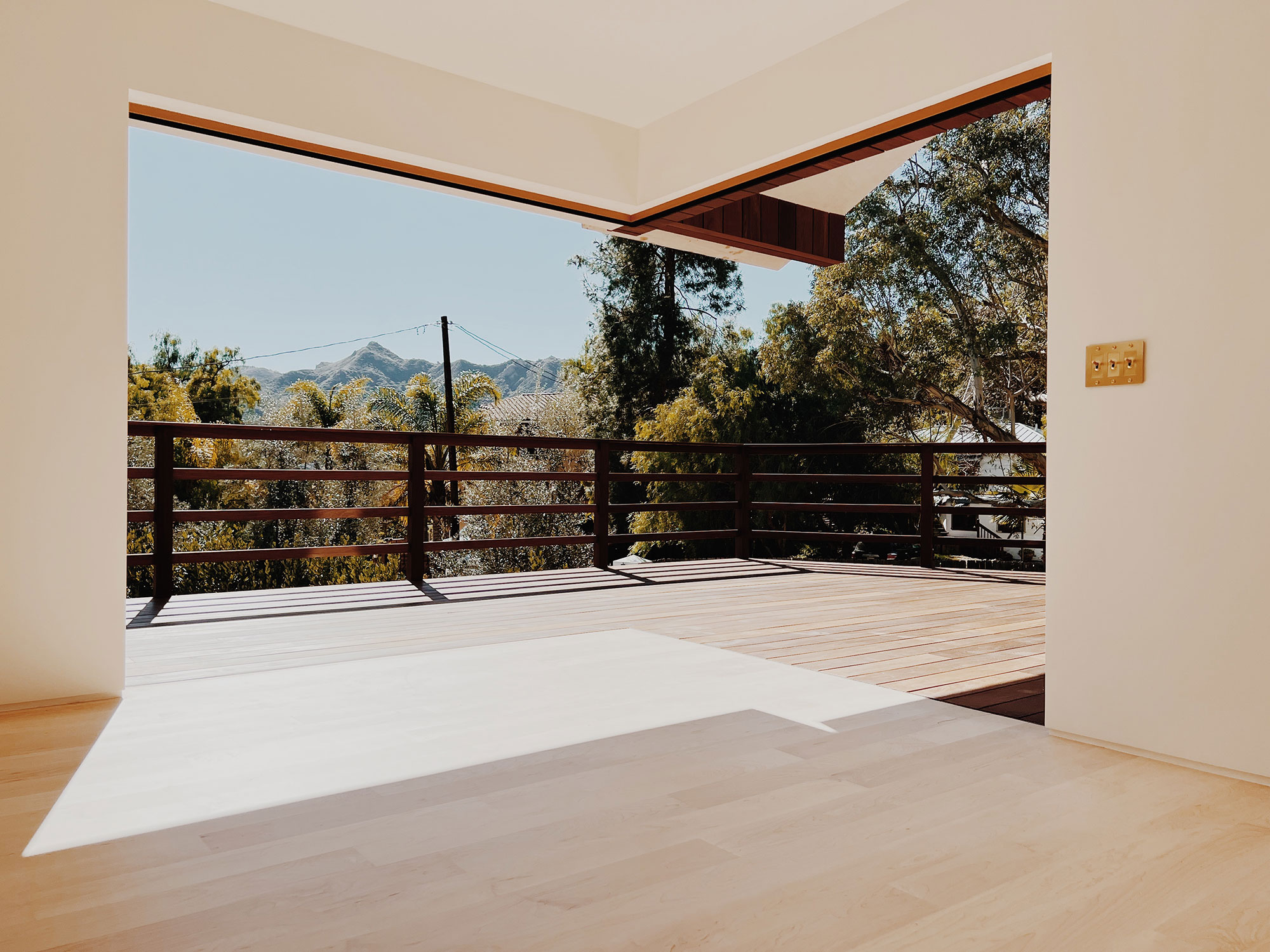
Photo courtesy of LaCantina
"With flexible configurations, zero post corners, integrated screening solutions and hurricane-rated options, our forward-thinking and creative nature allows us to offer unique, functional and high-performing door systems,” said Tim Kelting, Senior Director of Product Line Management, LaCantina.
Translating Market Forces into Residential Design Trends
Rose Quint, assistant vice president for survey research at NAHB, reports that homeowners are demonstrating a desire for smaller homes, a fact directly linked to poor housing affordability.2 In addition to shrinking overall footprints, buyers are compromising with smaller lots and the compression or combination of rooms inside a home.
As an adaption to this constriction in space, home designs are evolving to become more flexible, offering multipurpose spaces. “Flex rooms offer the perfect opportunity to combine hobbies and daily routines to carve out spaces that encourage both,” notes Yvonne Harbison of Build with Ferguson.3 Creating task zones and selecting dual-purpose furniture allow rooms to perform double duty. However, part of this flexibility also includes designing features that can alter boundaries and walls in order to create more malleable spaces. The residential use of partitions and large sliding or folding doors, which can collapse and expand space as needed, is on the rise. Large door openings deliver a key to allowing transformation. Movable glass door systems effortlessly add or remove walls to change the configuration of a space. This strategy also brings in more fresh air and enhances views, improving homeowner health and wellness.
While the size of homes has shrunk, the percentage of glass in doors and windows has grown. Not only are wider glass panels a popular design feature, but frames have also grown narrower. Homeowners increasingly request broader, clearer views of the outdoors and plenty of natural light. In response, glass with minimal framing is central to modern residential design. The narrower the frame around each glass panel, the less noticeable the window or door is, compared to the beautiful view beyond.
Unique, personalized touches are being used to mark a home as crafted, rather than produced. Features incorporate custom pieces throughout a design–from doors to countertops to furniture to travel souvenirs. Builders are employing unique storage solutions, using vertical space, and making almost everything, from appliances to rooms, multi-use. This additionally allows home design solutions to focus on maximizing the space available.4
While not a brand-new trend, design professionals continue to discover and create new uses for these spaces, as well as outfit them for year-round enjoyment. Outdoor living and the use of the exterior of the home and its surroundings to create new living spaces is paramount. “People are recognizing that the backyard has long been under-utilized square footage,” writes D Magazine. “In the quest to make every inch of property useful and livable, indoor spaces are opening directly to the backyard or to patios with pizza ovens and fire pits.”5 Product innovations are following suit, aimed at providing flexible, all-season open spaces that create seamless connections and enhance the beauty of the built environment. The sense of merging living spaces and of moving effortlessly between ceiling and sky, between enclosure and limitlessness, defines livability as luxury.















